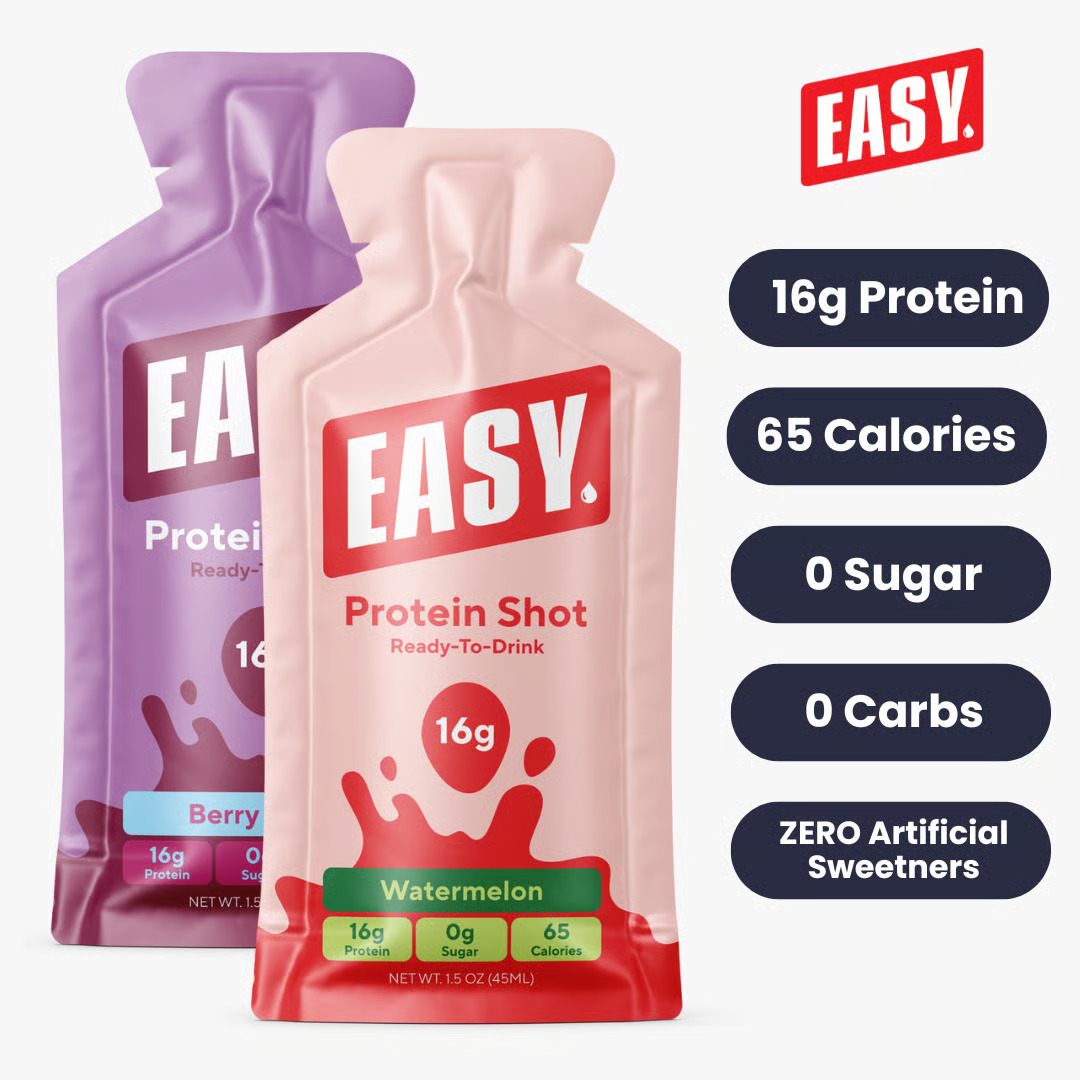You just had a baby. Your body is healing. Your hormones are shifting. And your core? It feels like a bowl of jelly.
First off—if no one has told you yet—you’re doing amazing.
Bringing a human into the world is intense. And even though you’re probably hearing a lot of “bounce back” talk, what your body really needs right now is support, not pressure.
Postpartum exercise isn’t about getting your pre-baby abs back. It’s about feeling strong, functional, and connected to your body again. It’s about healing from the inside out—especially your core, pelvic floor, and gut.
This guide will walk you through safe, effective postpartum exercises, plus gut-friendly recovery tips to reduce bloating, rebuild your strength, and help you actually feel good.
What’s Really Going On with Your Core After Birth
Whether you had a vaginal birth or a C-section, pregnancy stretches and weakens your abdominal muscles. Most women experience something called diastasis recti, which is a separation of the ab muscles along the midline.
You might also notice:
- A soft, “pooch” belly that doesn’t go away with crunches
- Lower back pain
- Weakness or instability when standing, lifting, or twisting
- Trouble with digestion or bloating
That last one might surprise you—but your core and gut health are connected. A weakened core affects how well your intestines move food through, how you absorb nutrients, and how your body responds to inflammation.
So no, it’s not just about looks. Healing your core means healing your entire system.
Before You Start: The Postpartum Movement Checklist
Before jumping into workouts, ask yourself:
- Have I been cleared by my doctor or midwife to start exercise?
- Am I at least 4–6 weeks postpartum (vaginal birth) or 6–8 weeks (C-section)?
- Do I experience pain, leaking, or heaviness in my pelvic floor when I move?
- Do I feel pressure, bulging, or doming in my belly when I try to do core work?
If the answer to any of these is yes, talk to a pelvic floor physical therapist first. They can create a plan that fits your exact recovery stage.
If you’re cleared to start gentle movement, here’s how to do it right.
Week 1–3: Breath, Connection, and Blood Flow
Forget squats and planks for now. The most powerful postpartum “exercise” you can do is learn to breathe deeply again.
Start here:
- Diaphragmatic breathing: Lie on your back or side. Place one hand on your ribs and one on your belly. Inhale through your nose, expanding your ribs and belly. Exhale slowly through your mouth, drawing your belly gently inward.
- Pelvic floor “elevator”: On the exhale, lift your pelvic floor muscles (as if you’re gently stopping pee). Imagine your pelvis rising up a floor or two—not clenching or bearing down.
Do this for 5–10 minutes per day to rebuild the connection between your breath, core, and pelvic floor. It also helps reset your nervous system and improve digestion.
Week 3–6: Gentle Core and Mobility Work
Once you’re breathing and connecting to your core, you can start adding light movement.
Try:
- Heel slides: Lie on your back with knees bent. Inhale. As you exhale, engage your core and slowly slide one heel out along the floor, then back. Repeat on each side.
- Bridge lifts: Lie on your back, knees bent. Inhale. As you exhale, press through your heels and lift your hips, keeping your core lightly engaged. Slowly lower. Great for glutes and circulation.
- Cat-cow spinal flow: On hands and knees, inhale to arch your back (belly drops), exhale to round (belly draws in). This mobilizes your spine and helps relieve tension.
Do 1–2 rounds of these movements daily. Keep reps low (8–10), and always stop if you feel bulging or pain.
Week 6–12: Rebuilding Strength
By now, you may be cleared for more active movement. The goal here is functional strength—the kind that helps you carry your baby, push a stroller, and hold a plank without collapsing into your lower back.
Focus on:
- Bodyweight squats
- Wall push-ups
- Dead bugs (with slow, controlled movement)
- Side-lying leg lifts
- Farmer carries (walking while holding weights or your baby)
This is also a good time to gently reintroduce walking, short yoga flows, or low-impact Pilates. Choose movement that energizes you—not something that leaves you more depleted.
Exercises to Avoid in Early Postpartum
There’s a lot you shouldn’t rush into, even if you’re feeling eager. These movements can worsen diastasis recti, strain your pelvic floor, or increase bloating and inflammation:
- Sit-ups, crunches, or double leg lifts
- Running or jumping
- Heavy lifting (before core stability is restored)
- High-impact HIIT
- Any core movement that causes doming, pain, or pee leaks
Your body just built and delivered a whole human. Healing isn’t about going back. It’s about moving forward with strength.
Gut Health + Postpartum Fitness: What’s the Connection?
You might be wondering what all this has to do with digestion.
The answer? A lot.
During pregnancy and delivery, the abdominal muscles and pelvic floor stretch. That pressure can slow down intestinal motility and disrupt the balance of gut bacteria. Hormones like progesterone and cortisol also shift dramatically postpartum, which can affect your gut lining and increase sensitivity to foods.
If you’re experiencing:
- Constipation
- Bloating
- Cramping
- Fatigue
- Trouble losing water weight
… your gut could be struggling to recover just as much as your core.
Postpartum Gut Recovery Tips
While you rebuild strength, support your digestion too:
1. Stay Hydrated with Minerals
Plain water won’t cut it. Add a pinch of sea salt or trace minerals to support bowel regularity and energy.
2. Eat Easy-to-Digest Foods
Think cooked veggies, stewed lentils, bone broth or plant-based broths, soft grains like oats and quinoa.
3. Add Prebiotic + Probiotic Foods
Try small amounts of sauerkraut, kimchi, kefir (if tolerated), or coconut yogurt. Go slow and listen to your body.
4. Supplement Wisely
A good magnesium glycinate can help with sleep, bowel movements, and stress. L-glutamine supports gut lining repair. Digestive enzymes may help if your meals feel heavy or cause bloat.
5. Chew Thoroughly and Slow Down
Rushed meals = poor digestion. Take a breath before you eat. Sit down. Chew more than you think you need to. Your gut will thank you.
A Final Word: Respect the Season You’re In
There’s no gold medal for fastest postpartum transformation. And there’s no shame in going slow, skipping workouts, or needing help.
Every woman’s timeline is different. Some feel ready to move in a few weeks. Others take months. What matters most is how you feel inside your body—not the number on a scale or the shape of your stomach.
Move with care. Nourish your gut. And let strength come back in its own time.
You’re not “getting your body back.”
You’re building a new one. One that’s powerful, wise, and capable of more than ever before.
New Customers Only
15% OFF + Free Shiping
 ORDER NOW ➜
ORDER NOW ➜Berry Burst flavors are limited!
New Customers Only
 ORDER NOW ➜
ORDER NOW ➜FREE Lime, FREE Cobanero,
and FREE Blue Corn bag
when they purchase
MASA Original.
New Customers Only
 ORDER NOW ➜
ORDER NOW ➜30% OFF, a FREE spa headband,
FREE scrunchies, and
a lifetime warranty
when they purchase today.


